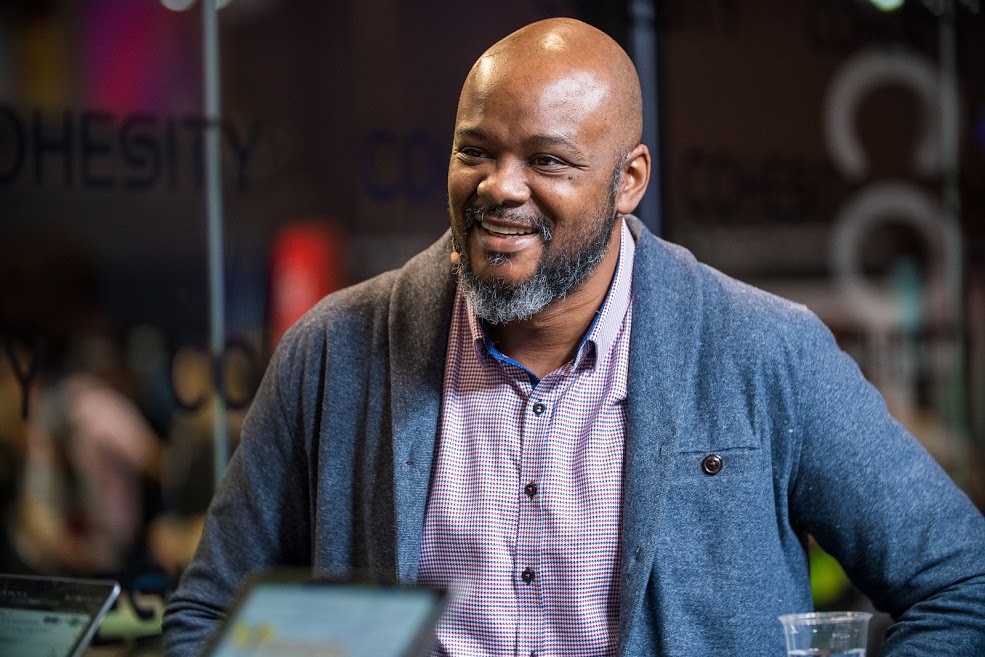 CLOUD
CLOUD
 CLOUD
CLOUD
 CLOUD
CLOUD
When the news broke last month that Microsoft Corp. would be awarded the hotly contested $10 billion Joint Enterprise Defense Infrastructure contract to provide cloud services for the Department of Defense, much of the ensuing publicity focused on the size of the deal and the rejection of a bid by Amazon Web Services Inc.
Lost in the tumult about the JEDI contract was a key element: Microsoft now has the money and time to make a significant leap forward with its cloud platform. It could also change the competitive cloud landscape that has been dominated by AWS.
The contract will only help improve Azure, Microsoft’s cloud infrastructure service, contends Keith Townsend (pictured), principal of The CTO Advisor. “You can’t help but have that type of discipline which comes from a contract like that impact Azure,” he said. “To say that Microsoft won’t catch up with AWS is a very short view of the landscape.”
Townsend spoke with Stu Miniman and Rebecca Knight, co-hosts of theCUBE, SiliconANGLE Media’s mobile livestreaming studio, during the Microsoft Ignite event in Orlando, Florida. They discussed recent moves by Microsoft to expand the developer community and challenges faced by other major tech players seeking to accomplish the same objective (see the full interview with transcript here).
Concurrent with the evolution of Azure, Microsoft has also been moving forward aggressively to cultivate the developer community. In addition to introducing new tools deigned to prepare developers for advances in quantum computing, the company is courting non-technology experienced users to code applications using solutions such as PowerApps in Microsoft’s Power Platform.
“Microsoft talked about 2.5 million nontechnology-focused developers,” Townsend said. “A key theory of CTO Advisor is that the future of enterprise information technology is that companies like Microsoft and VMware will push artificial intelligence, machine learning and robotic process automation down to the end user so they’re creating the content.”
For VMware Inc. however, the task may be more complicated. Tools in the VMware portfolio, such as vRealize, CloudHealth and Heptio may require the support of a developer-connected organization, such as the recently acquired open-source player Pivotal Software Inc., according to Townsend.
“They have the individual technology components, but they absolutely need the Pivotals of the world to add credence to their talking points around these products,” Townsend noted. “With Microsoft, on the other hand, it’s developers, developers, developers.”
Here’s the complete video interview, part of SiliconANGLE’s and theCUBE’s coverage of Microsoft Ignite:
THANK YOU